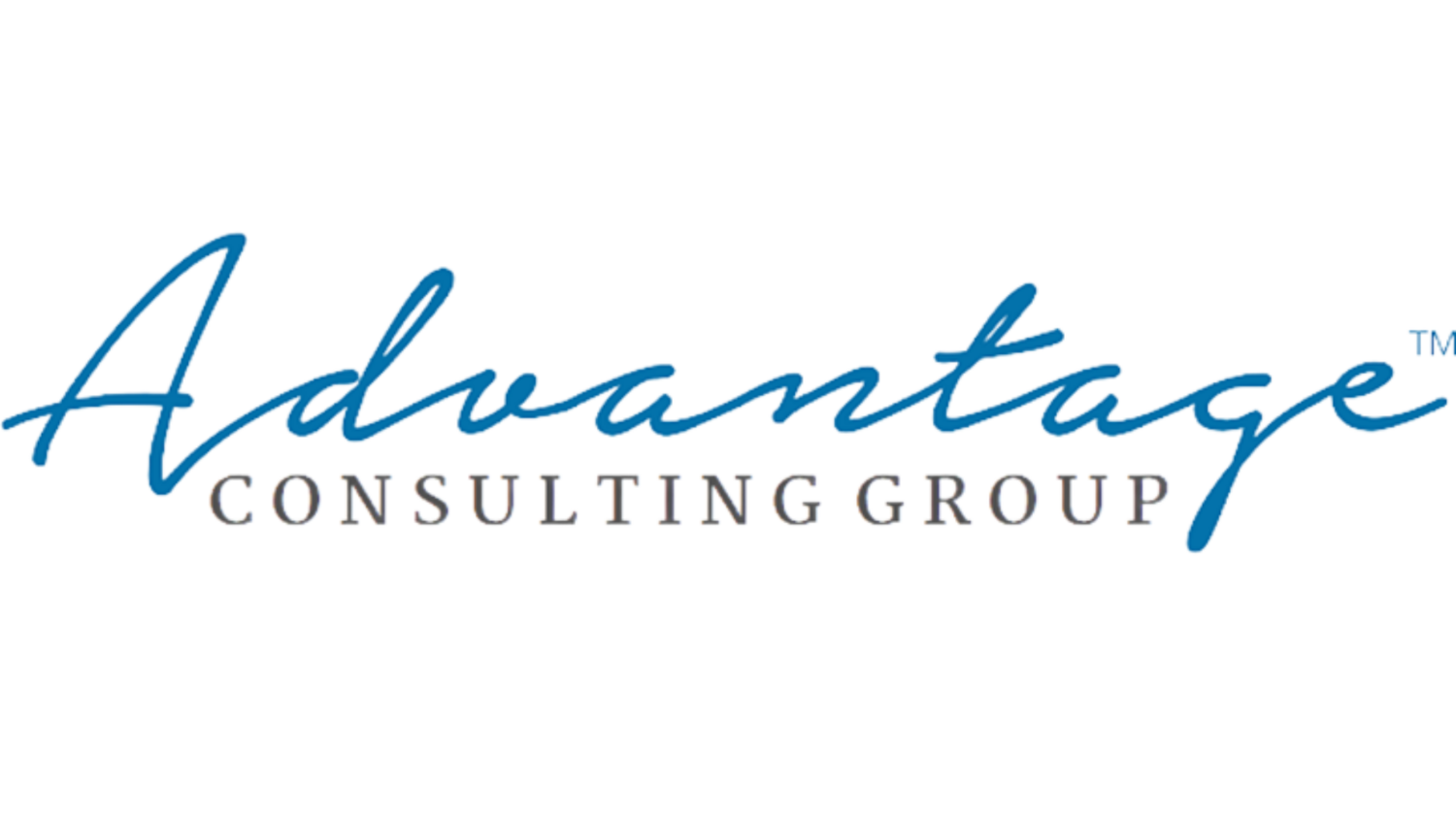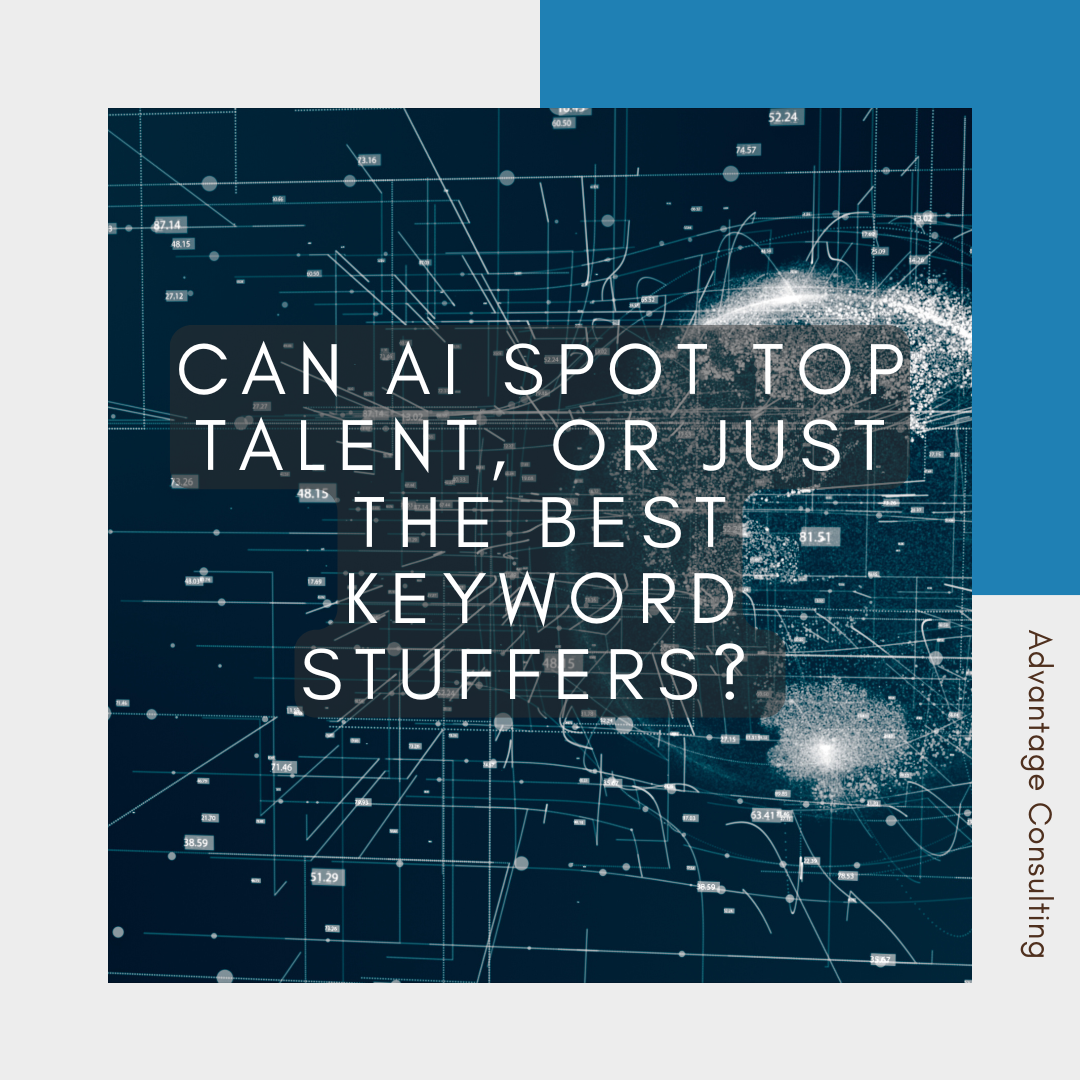Artificial intelligence is no longer a futuristic concept in recruitment—it’s a present-day reality shaping how companies identify, evaluate, and engage with potential hires. Modern AI-powered tools promise efficiency on a scale that was once unthinkable, scanning thousands of resumes in minutes, ranking applicants by predefined criteria, and even predicting potential performance based on historical data. For organizations managing large volumes of applicants, this technology has become almost indispensable, removing much of the manual strain from early-stage hiring. Yet, efficiency alone does not guarantee better hires. As AI becomes more integrated into hiring pipelines, an important question emerges: is the technology truly adept at recognizing candidates with the skills, adaptability, and cultural alignment to excel, or is it simply surfacing those most skilled at tailoring their resumes to match an algorithm’s search parameters? Understanding the answer requires a deep dive into how these systems work, their inherent limitations, and the role human judgment must play to ensure that AI is a tool for enhancement rather than a substitute for discernment.
The Rise of AI in Talent Acquisition
The integration of AI into recruitment was born from necessity. Over the past decade, the rise of online job boards, professional networking platforms, and remote work opportunities has expanded talent pools far beyond local or even national boundaries. While this has unlocked access to a broader range of candidates, it has also created a volume problem. Recruiters and HR departments suddenly found themselves sorting through hundreds, sometimes thousands, of applications for a single role. The traditional manual approach simply couldn’t keep pace without sacrificing response time or candidate experience.
AI promised a solution. Through advanced algorithms and machine learning models, AI-driven applicant tracking systems (ATS) could scan applications, parse resumes, and match candidates to job requirements faster than any human could manage. This technological leap allowed organizations to focus on more strategic aspects of hiring, such as relationship-building and final-stage interviews, rather than spending days on initial screening. However, with this convenience came a shift in hiring dynamics. The emphasis moved toward meeting the algorithm’s criteria, which, while efficient, isn’t always synonymous with identifying the best fit for a role.
How Algorithms Interpret “Qualified”
At its core, AI evaluates “qualification” through pattern recognition. It reads job descriptions for essential skills, credentials, and experience, then scans applicant materials to find matches. Keywords, phrasing, and the frequency of relevant terms play a central role in how candidates are ranked. More sophisticated systems may attempt semantic analysis, identifying related skills or concepts even if the exact phrasing doesn’t match, but the underlying principle remains largely the same: a candidate’s score reflects how closely their documentation mirrors the posted requirements.
This method is precise but inherently limited. Many exceptional candidates are overlooked because their resumes describe experiences in unconventional terms, or because their skill sets were honed in industries or roles outside of the AI’s predefined parameters. Conversely, applicants skilled at “resume engineering” can rise to the top by mirroring job description language, even if their practical capabilities are weaker. This reliance on textual matching introduces a disconnect, one where “qualified” in an algorithm’s eyes may not align with “qualified” in the real-world context of job performance.
The Keyword-Driven Candidate
As AI and ATS systems have become more prevalent, job seekers have adapted. Entire industries, resume-writing services, job search coaches, online optimization guides, now exist to help applicants tailor their materials for algorithmic screening. Candidates are advised to identify the most important keywords from a job posting and weave them into their resumes multiple times, often in different sections such as skills lists, job descriptions, and cover letters. Some even reframe their accomplishments to include industry buzzwords that they know will trigger positive algorithmic matches.
While this approach can be effective for getting noticed, it also skews hiring pipelines toward those who understand the system. A candidate may excel at keyword optimization yet lack the depth, creativity, or leadership qualities required to succeed in the role. This creates a subtle risk for hiring teams: they may inadvertently prioritize the best “application crafters” rather than the best performers. Without safeguards, the process can devolve into a game of linguistic alignment, sidelining talented individuals who don’t know, or choose not to play it.
AI Bias and the Risk of Overfitting
One of the less-discussed challenges of AI in recruitment is bias inheritance. AI systems learn from historical hiring data, which means they absorb both the strengths and the weaknesses of past decisions. If an organization has historically favored candidates from certain educational backgrounds, geographies, or industries, the AI may begin to consider these characteristics as predictive of success, even when they have little bearing on actual job performance. Over time, this can result in “overfitting,” where the algorithm becomes so narrowly tuned to past patterns that it fails to recognize high-potential candidates who break the mold.
This phenomenon isn’t just about missing out on diversity in demographics, it’s also about diversity of thought, experience, and approach. Innovation often comes from those who challenge established norms, yet an overfitted AI may systematically filter them out before a recruiter even sees their name. The only way to prevent this is through regular auditing of AI outputs, adjusting the training data to reflect evolving business needs, and ensuring that the definition of “qualified” remains broad enough to welcome unconventional excellence.
Balancing AI Efficiency With Human Judgment
Despite its limitations, AI can dramatically enhance the hiring process when used as a partner rather than a replacement for human evaluation. In the early stages, AI is unparalleled in its ability to process massive applicant pools quickly, apply consistent criteria, and surface patterns that might otherwise be overlooked. This efficiency frees human recruiters to focus their energy where it matters most, engaging with candidates, exploring cultural alignment, and assessing the interpersonal skills that can make or break success in a role.
The best outcomes emerge when organizations treat AI as a tool for narrowing the field, not for making the final call. Human judgment brings context to a candidate’s history, sees potential in nontraditional paths, and evaluates qualities that algorithms cannot quantify. By blending AI’s data-driven precision with human intuition and strategic insight, hiring teams can ensure that they’re not just filling positions quickly, but filling them with individuals who will thrive and contribute meaningfully over the long term.
The Importance of Context in Screening
One of AI’s most significant limitations in hiring is its inability to fully grasp context. An algorithm may flag a resume with employment gaps as a negative indicator without understanding the reasons behind those gaps. Yet, those breaks could represent valuable periods of professional growth, personal resilience, or skill-building outside a traditional career track, such as entrepreneurial ventures, caregiving responsibilities, or advanced certifications. To an AI, these may appear as missing data points; to a skilled recruiter, they could be markers of adaptability and determination that predict long-term success in a role.
Likewise, AI often struggles with unconventional career paths. A candidate who has transitioned across industries or held hybrid roles may be overlooked because their trajectory doesn’t align neatly with the algorithm’s predefined patterns. These profiles may contain unique cross-disciplinary expertise that could be invaluable to a company facing complex challenges. Human evaluators excel in identifying these strengths, connecting seemingly unrelated experiences to the core needs of the position. By combining AI’s speed with the recruiter’s ability to see potential in atypical backgrounds, companies can prevent high-value candidates from slipping through the cracks due to rigid algorithmic thinking.
AI as a Tool for Continuous Learning in Hiring
When applied thoughtfully, AI can become more than just a static screening tool, it can evolve into a dynamic partner that improves over time. This requires feeding the system with structured, consistent post-hire performance data so it learns which candidate attributes correlate with success, retention, and growth. For example, if hires from nontraditional backgrounds consistently perform well, those characteristics can be weighted more favorably in future screenings, helping to break the cycle of bias and overfitting.
However, the quality of this improvement hinges on the quality of the data. Incomplete, inconsistent, or biased feedback will distort the AI’s learning, reinforcing flawed assumptions instead of correcting them. That’s why organizations must establish a disciplined approach to tracking candidate outcomes, evaluating not just hard metrics like productivity, but also softer measures such as adaptability, leadership potential, and cultural fit. By closing this feedback loop, companies transform AI from a blunt sorting instrument into a finely tuned recruitment asset capable of adapting to evolving business needs.
Where AI Works Best, and Where It Doesn’t
AI’s strengths are most evident in the earliest phases of the hiring process, where sheer application volume makes manual review impractical. Screening hundreds or thousands of resumes to identify an initial shortlist is a task tailor-made for automation. AI can apply consistent filters, highlight skill matches, and uncover promising candidates who might be buried deep in the applicant pool. In high-volume or time-sensitive hiring scenarios, this capability can be invaluable, reducing administrative burden and ensuring every application gets at least a baseline level of review.
But AI’s precision fades in the later stages of recruitment, where human qualities like communication style, emotional intelligence, and vision become decisive. The difference between two top candidates might not appear in their resumes; it emerges in interviews, collaborative exercises, and nuanced conversations that AI simply cannot replicate. The most effective hiring strategies respect these boundaries, allowing AI to handle the labor-intensive front end while entrusting critical final-stage decisions to experienced human recruiters and hiring managers who can recognize both tangible skills and intangible potential.
Beyond the Algorithm, Hiring for Real Impact
Artificial intelligence has revolutionized the speed and scale at which organizations can process candidate applications, but it has not replaced the need for human discernment in hiring. While AI is unparalleled in early-stage efficiency, sorting resumes, identifying skill matches, and ensuring no applicant is overlooked, it can also unintentionally reward keyword mastery over genuine capability. Left unchecked, it risks reinforcing outdated hiring patterns, narrowing talent pools, and missing out on unconventional candidates who could drive innovation. The path forward isn’t to abandon AI, but to integrate it into a balanced approach: one that leverages automation for speed and consistency while relying on human expertise to evaluate context, potential, and cultural fit. Companies that treat AI as a tool for enhancement, not replacement, will be best positioned to hire individuals who don’t just meet the job description on paper, they elevate the organization’s performance, resilience, and future growth in ways an algorithm alone could never predict.


